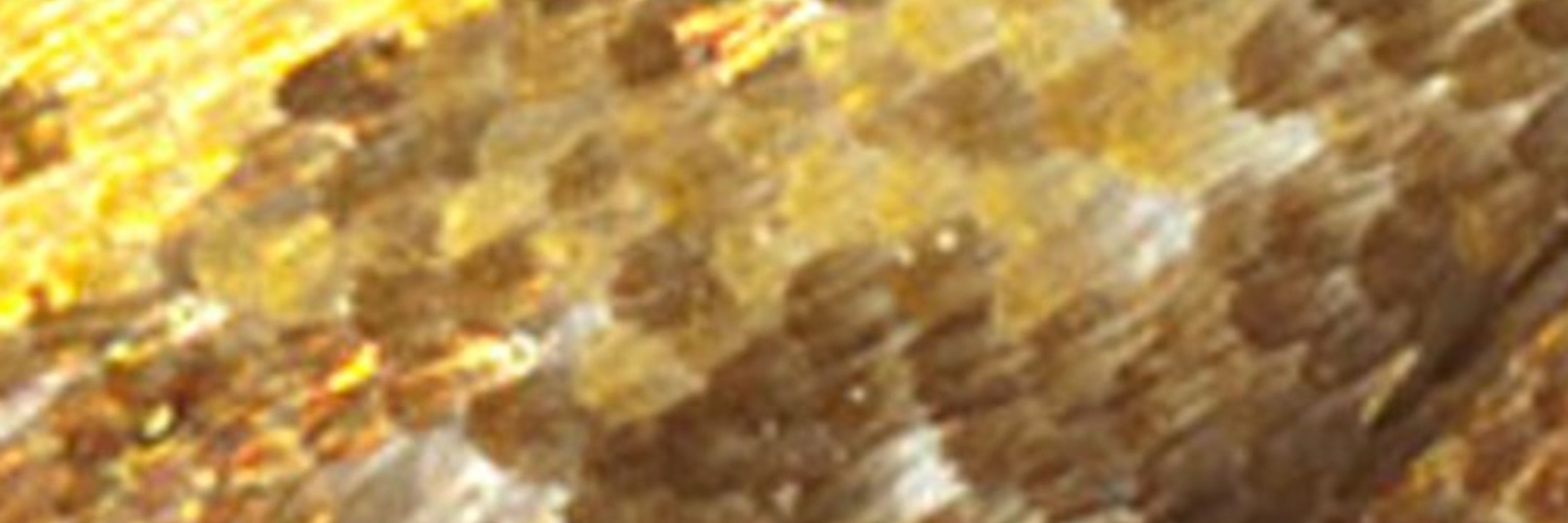

www.rnz.co.nz/concert/prog...

www.rnz.co.nz/concert/prog...
no one has ever understood the assignment better


no one has ever understood the assignment better



To celebrate getting 100,000 followers on Bluesky, I am offering some of you fine folks the chance to join me on a 2026 shark research expedition. Really!
Enter here: forms.gle/iq3YQG31kbAC...
Terms and conditions in thread below:

To celebrate getting 100,000 followers on Bluesky, I am offering some of you fine folks the chance to join me on a 2026 shark research expedition. Really!
Enter here: forms.gle/iq3YQG31kbAC...
Terms and conditions in thread below:
New Zealand giraffe weevil
New Zealand red admiral butterfly
Leopard seal
Hector’s dolphin
Brown kiwi
Woolly mammoth
Woolly rhino
Cave lion
Steppe bison
Lena horse
Moose
Beaver
Black bear
Humpback Whale
Gray Whale
New Zealand giraffe weevil
New Zealand red admiral butterfly
Leopard seal
Hector’s dolphin
Brown kiwi


Learn more > maps.nls.uk/view/help/
#Georeference #MapMonday #Maps
Learn more > maps.nls.uk/view/help/
#Georeference #MapMonday #Maps
Since mid-2025, Tamsin has been building a bridge between university staff, students, and researchers, and the world of Wikipedia ⬇️

Since mid-2025, Tamsin has been building a bridge between university staff, students, and researchers, and the world of Wikipedia ⬇️
Please share. Call closes 23 Jan.

Please share. Call closes 23 Jan.
He had a stellar career in lepidopterology and was deeply involved in our journal's development as editor and author.
He will be missed.
zookeys.pensoft.net/news/1031

He had a stellar career in lepidopterology and was deeply involved in our journal's development as editor and author.
He will be missed.
zookeys.pensoft.net/news/1031
#NZPOL

I’m so happy with how gorgeous it is in full color with 90 photos.
press.uchicago.edu/ucp/books/bo...

I’m so happy with how gorgeous it is in full color with 90 photos.
press.uchicago.edu/ucp/books/bo...
National are in line to produce the worst economic returns for a Govt term, even worse than the Bolger/Richardson disastrous govt.
Austerity does not work. End of. #NZPol

National are in line to produce the worst economic returns for a Govt term, even worse than the Bolger/Richardson disastrous govt.
Austerity does not work. End of. #NZPol








